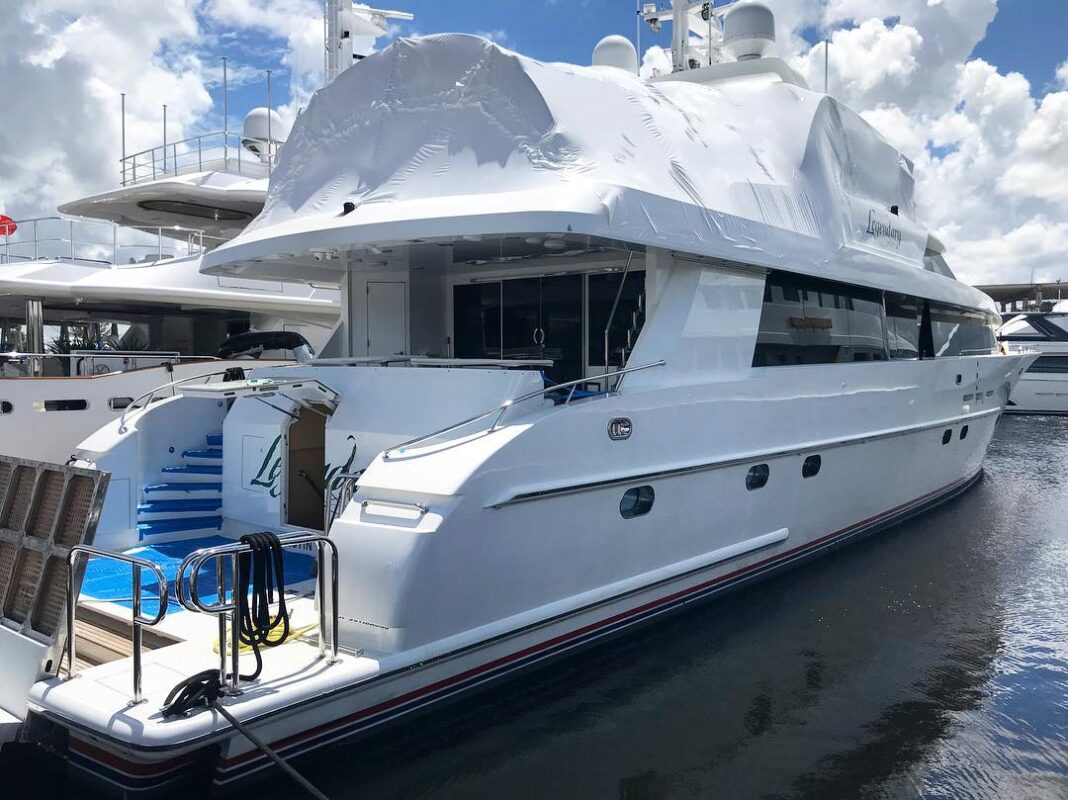Whether you’re a seasoned sailor or a casual boater, ensuring comfort and safety on the water is paramount. One effective way to achieve this is through marine window tinting. In this article, we will explore the ins and outs of marine window tinting, including its benefits, types, and what to consider when opting for this upgrade.
What is Marine Window Tinting?
Marine window tinting involves applying a specialized film to the windows of boats, yachts, and other marine vessels. This film is designed to reduce glare, block harmful UV rays, and enhance privacy. With various tints available, boat owners can choose the right level of visibility and protection that fits their needs.
Benefits of Marine Window Tinting
Marine window tinting offers several advantages, including:
- UV Protection: Tinted windows block up to 99% of harmful UV rays, protecting both passengers and interior surfaces from sun damage.
- Temperature Control: Window tinting helps keep the cabin cooler, reducing the need for air conditioning and saving on fuel costs.
- Glare Reduction: Tinted windows minimize glare from the sun and water, improving visibility and comfort while navigating.
- Enhanced Privacy: Tints can provide a level of privacy from prying eyes, making your time on the water more enjoyable.
- Aesthetic Appeal: A sleek tinted look can enhance the overall appearance of your boat, adding a touch of sophistication.
Types of Marine Window Tinting Films
There are various types of window tinting films suitable for marine applications:
- Dyed Films: These films offer basic UV protection and glare reduction. However, they may fade over time and don’t provide as much heat rejection.
- Metalized Films: These films contain metallic particles that reflect heat and UV rays. They are more durable and effective than dyed films but can interfere with electronic signals.
- Ceramic Films: High-performance films that provide excellent heat and UV protection without interfering with electronic devices. They tend to be more expensive but offer the best long-term benefits.
- Safety Films: These films are designed to hold shattered glass together in case of an accident, enhancing safety onboard.
Choosing the Right Tint for Your Boat
When selecting the right marine window tint, consider the following factors:
- Purpose: Determine your primary goal—whether it’s UV protection, heat reduction, or privacy.
- Visibility: Check local regulations regarding allowable tint levels for marine vessels.
- Film Quality: Opt for high-quality films from reputable manufacturers to ensure longevity and effectiveness.
- Aesthetic Preferences: Choose a tint that complements the overall design and color of your boat.
Installation Process for Marine Window Tinting
The installation process typically involves the following steps:
- Cleaning the Windows: Thoroughly clean the windows to remove any dirt, dust, or grease.
- Measuring and Cutting: Measure the windows accurately and cut the tint film to size.
- Applying the Film: Use a solution to wet the window and the adhesive side of the film, then carefully apply the film to avoid bubbles.
- Smoothing: Use a squeegee to smooth out any air bubbles and ensure proper adhesion.
- Trimming: Trim any excess film from the edges for a clean finish.
Maintenance of Tinted Windows
Maintaining tinted windows is crucial for longevity. Here are some tips:
- Use Mild Cleaners: Avoid ammonia-based cleaners, as they can damage the tint. Instead, use a mild soap solution or a specially formulated tint cleaner.
- Soft Cloths: Use soft microfiber cloths to clean the windows without scratching the tint.
- Regular Inspections: Check for peeling or bubbling and address any issues promptly.
Regulations and Legal Considerations
Different regions have varying regulations regarding window tinting on boats. It’s essential to familiarize yourself with local laws to ensure compliance. Generally, there may be restrictions on the darkness of the tint or specific requirements for visibility on the water.
DIY vs. Professional Installation
While some boat owners may choose to install window tint themselves, hiring a professional can often yield better results. Professionals have the experience and tools necessary to ensure a perfect fit and finish, reducing the likelihood of bubbles or imperfections.
Cost of Marine Window Tinting
The cost of marine window tinting can vary widely based on factors such as the size of the vessel, the type of tint selected, and whether you opt for professional installation from like thetintteam. On average, boat owners can expect to pay between $200 to $800 for a full tint job, depending on these variables.
Conclusion
Marine window tinting is a smart investment for any boat owner looking to enhance comfort, safety, and aesthetics on the water. With a variety of film types and benefits, you can customize your boat to suit your needs while enjoying the numerous advantages of tinted windows. Remember to choose quality materials, consider professional installation, and keep your tinted windows well-maintained for optimal performance.
FAQs
1. How long does marine window tinting last?
With proper care and maintenance, marine window tinting can last anywhere from 5 to 10 years.
2. Will tinted windows affect visibility at night?
Quality marine window tint is designed to maintain visibility while reducing glare during the day. However, it may slightly reduce visibility at night.
3. Can I remove window tint myself?
While it is possible to remove window tint yourself, it can be challenging. Professional removal is recommended to avoid damaging the glass.
4. Is marine window tinting worth the investment?
Yes, the benefits of UV protection, glare reduction, and temperature control make marine window tinting a worthwhile investment for boat owners.
5. Are there any maintenance requirements for tinted windows?
Regular cleaning with non-ammonia-based cleaners and soft cloths will help maintain the appearance and effectiveness of tinted windows.


